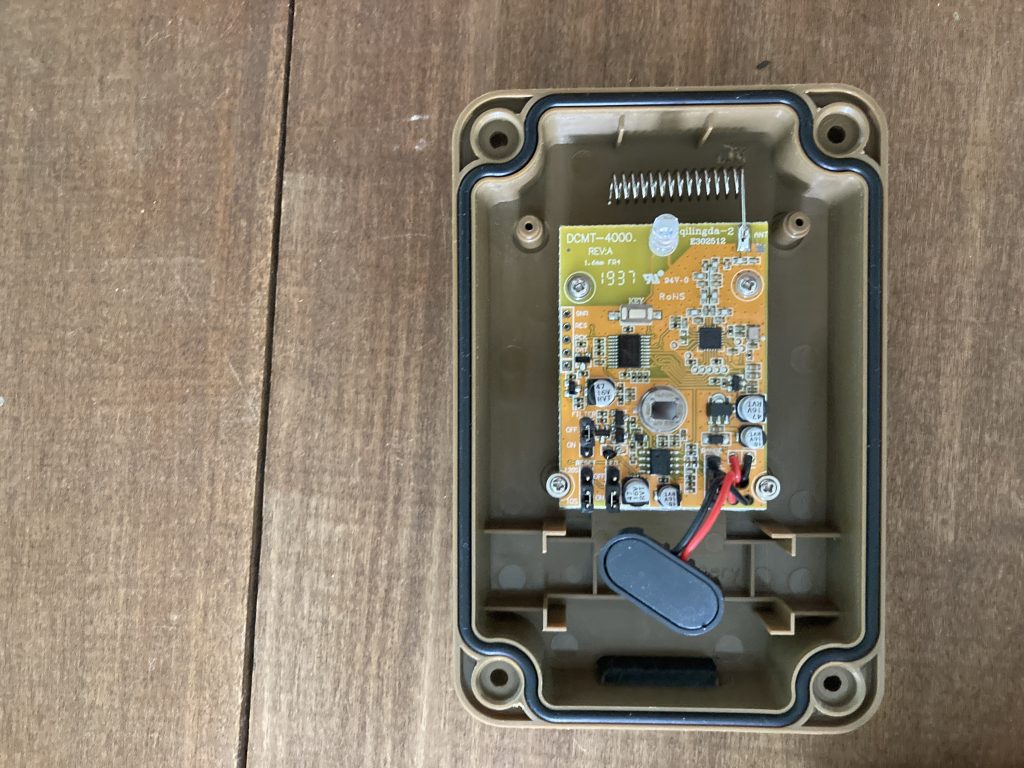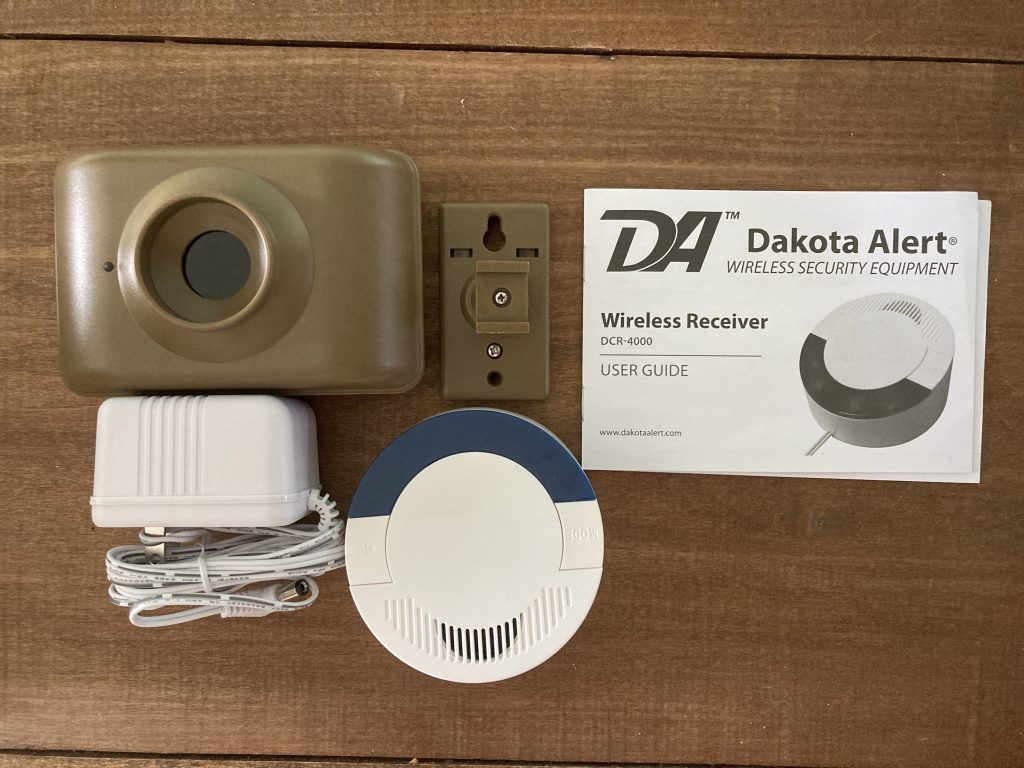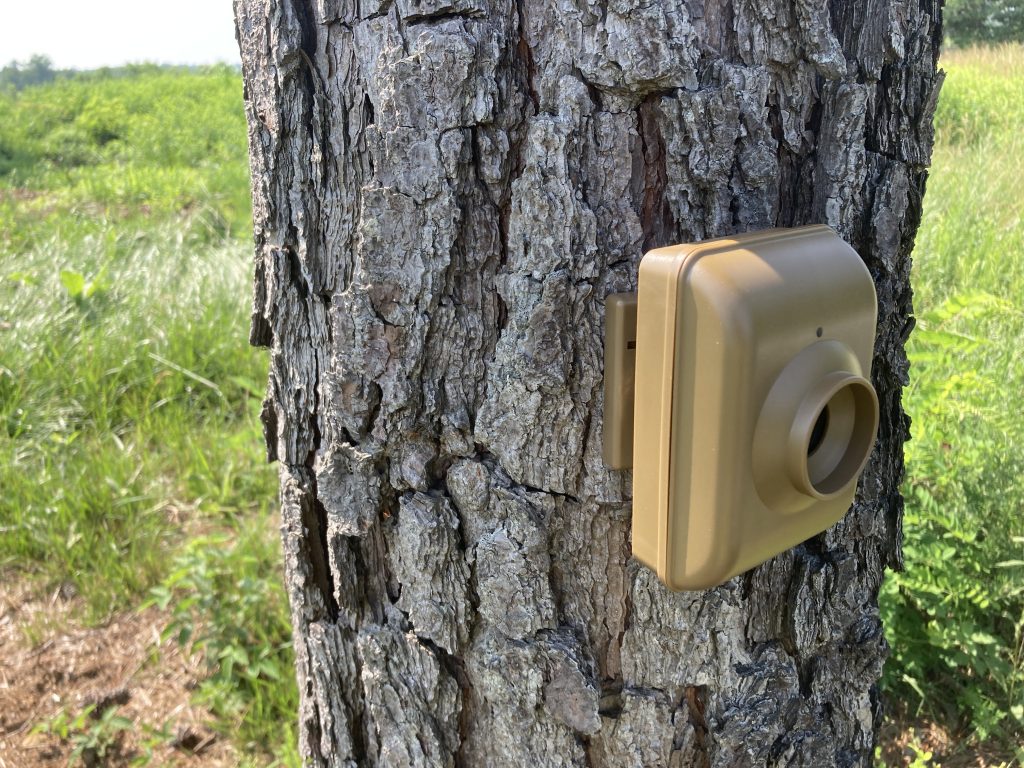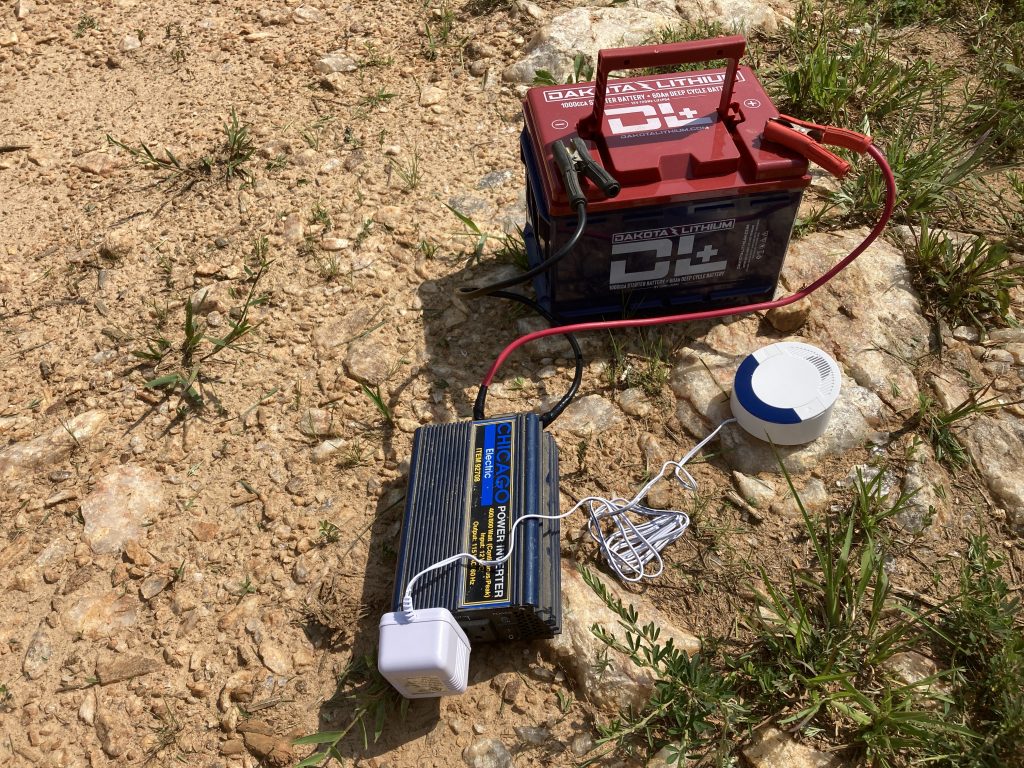If you're new here, you may want to subscribe to my RSS feed. Thanks for visiting!
By the author of An Arm and a Leg and The Prepper’s Guide to Post-Disaster Communications
It’s 2 AM. The riots started again around nightfall. This is Day 5. Everyone in your neighborhood has something of an everyman-for-himself mentality, and you’re too tired to stay up all night maintaining watch once more. You’re so tired, in fact, that you’re almost apathetic to what happens. You live alone, and so far, the rioters haven’t targeted your neighborhood yet, but have relegated themselves to the main streets.
You head off to bed with the hopes that tonight will be more of the same.
But what if things don’t end up being the same?
What if the “norm” of safety is no longer the world you are living in? If that is the case, you could very easily not end up waking up until your front door has already been kicked in or the Molotov cocktail has found its way through your living room window.
You’ll eventually realize what’s going on, but by that point, it may be too late.
If you have these types of concerns, you may want to consider a Dakota Alert Driveway Alarm (The Home Security Superstore has them, in case you were wondering.)
These devices operate off a motion sensor, alerting you inside your house when motion has been detected outside. They very well could save your life.
I set up an off-grid version of one that you may benefit from seeing.
How do you set up a Dakota Alert Driveway Alarm?
The very first thing I did was find a large pine tree near the entrance of the driveway. I screwed in the motion sensor at an angle that anybody walking past the tree wouldn’t see the sensor until they had already triggered it.
The sensor itself runs off of a single 9V battery. If you’re going to be using this as an off-grid system, you’re going to need to have several 9V batteries put away in storage or find a couple of rechargeable ones and have the means to keep them up and running.
Inside the guts of the sensor, you can adjust how sensitive the reading is and the range that the sensor can be tripped. We did discover that it appears the sensor sends out a narrow beam, and you have to be very precise with where you aim it.

It took about 15 minutes of toying around with things until it was finally discovered that the little car was driving right underneath the beam. I would recommend aiming the beam right at waist height. That will hit every car that drives by and anybody that is walking too.
The next thing we had to do was pair the sensor to the alarm. This is fairly simple, and I’ll let your direction book tell you how to do this. What I will say, though, is that since this is an off-grid system we were rigging up, I chose the coo coo clock alarm instead of any of the other options. It sounds more like a bird than it does an actual coo coo clock and was the most “natural” noise available. (Later edit: it turns out there’s actually a “bird” setting as well. Somehow, I missed that one when I was out in the woods testing this.)
If for whatever reason, there were unknowns walking near your camp that didn’t know you were there while another unknown simultaneously tripped your sensor, you wouldn’t want a doorbell chime to alert anybody of where you were at. Those unknowns may not exactly be the most pleasant of neighbors. At least with the bird noise, you have a chance of remaining hidden.
(Looking for information on getting out of town quick? Check out our free QUICKSTART Guide on emergency evacuations.)
What my off-grid setup looked like
I used an inverter picked up from Harbor Freight (the offspring of Lowe’s and The Dollar Store) combined with a battery from a boat. It was a quick and easy setup that’s relatively portable and worked perfectly for the Dakota Alert Driveway Alarm.
The inverter and alarm weigh next to nothing. The battery probably weighed around 20-25 pounds. This isn’t something that you would be carrying around with you everywhere, but if you had a camper set up or something similar, this would work perfectly.
What was the range?
Ya’ll better appreciate this because I spent who-knows-how-long walking through the middle of nowhere with a boat battery in my hand to figure this out.
My conclusion?
The range on this is incredible.
I got out to a third of a mile away and was still picking up a signal each and every time the sensor was tripped. I was in pretty wild territory as well. The only reason I didn’t go further out to continue testing was that it was 90+ degrees outside, I was wearing jeans, and I’d spent the past hour walking around with a marine battery in my hand. It was hot.
The point here though, is that this will give you plenty of time for an alert system. If the bad guys are on foot and you get an alert a third of a mile away, you have time to get fairly well-prepared. Even if the bad guys are approaching via vehicle, that will still give you a precious minute or two to get your rear in gear.
It’s an awesome motion sensor.
(Want uninterrupted access to The Organic Prepper? Check out our paid-subscription newsletter.)
What’s more, you can actually link multiple sensors to your alarm unit.
This means that if you’re not only concerned about your driveway, but you’re also concerned about what’s happening in the chicken coop, the garden, and by that deer trail that connects your land to the nearby high school, you’ll be able to.
While I wasn’t able to test this, it appears you can give each individual sensor a different alarm sound as well. That way, you don’t have just one alarm that goes off, leaving you guessing which sensor was just tripped. You could have the coo coo clock for your chicken coop, an alarm for the driveway, and a song for the deer trail. You’d know exactly where to turn your attention.
If you live somewhere with a long driveway, these are definitely something you are going to want to consider.
Let’s say things haven’t gotten to the point where you feel the need to leave your home and bug out, but they have entered a strange gray area where violence keeps sporadically taking place almost by encouragement. Whether trespassers are stealing food or gearing up for something even more sinister, you’ll now have an early alert that you wouldn’t have had otherwise.
What can you do with an extra 2-5 minutes of warning? Can you throw on a pair of boots? Can you grab your rifle? Can you radio a friend? Can you get your family to a safe room? You can do a heck of a lot.
What are your thoughts here, though? Are there other benefits to an off-grid motion sensor you can think of? Have you ever used one of these Dakota Alert systems before? Let us know what you’re thinking in the comments below.
About Aden
Aden Tate is a regular contributor to TheOrganicPrepper.com and TheFrugalite.com. Aden runs a micro-farm where he raises dairy goats, a pig, honeybees, meat chickens, laying chickens, tomatoes, mushrooms, and greens. Aden has four published books, The Faithful Prepper, An Arm and a Leg, The Prepper’s Guide to Post-Disaster Communications, and Zombie Choices. You can find his podcast The Last American on Preppers’ Broadcasting Network.



















We have a ton of wildlife that would trigger an alarm such as this, so I’m not sure it would be helpful in our particular situation. But thank you for sharing!
Xena, Take a look at the Mighty Mule Wireless Driveway Alarm. It senses ferrous metal ie vehicles, and such by magnetic induction. Wildlife will not trigger it. Range of about 400 ft for transmitting. Have read it alarms for people on bicycles and possibly carrying long arms also.
harbor freight sells a good driveway alarm for around 12 bucks. The receiver alarm also takes batteries so no wires. Has proven to be weather resistant and has 2 volumes but no birds. I have found wind in the tree branches will also set these off for false alarms very irritating. So I have put it in locations where it can’t be set off. With the rounded sensor you can tape off areas that you want to block out a much easier adjustment. I have one in my wooden shed and the receiver in the home and it has no trouble sending alarms through the buildings. Good and cheep.
As much as I would love to have this setup, I am deaf. I wear hearing aids during the day, but at night I hear NOTHING. I also sleep like I’m dead. One time the police broke into my house and I didn’t hear them until they were at the top of my stairs outside my bedroom door. If I didn’t live alone, this would be amazing to have
These have been around for quite a while by now. Started our as long driveway alerts. They do work, and the range has increased, but you still have the same old self cancelling problem of animals, birds, squirrels, and even insects and waving in the wind brush and tree branches setting off the alert/alarm. CONSTANTLY, if you live in a rural area. A human is indistinguishable from a deer. And of course, in dense forest, humans would use deer trails to sneak up on you. You can set them higher to eliminate dogs &cats, etc. But a full grown deer with a rack can get pretty close to human heights.
Also, the range diminishes the effectiveness of detection. As well as weather cold & heat and rain.
The final assessment is that until they come up with a unit that links directly to a camera and video panel at your home base unit that also goes on with images of the sensor area when triggered, This will not help much in a SHTF scenario.
So lets get going you tech entrepreneurs, That shouldn’t be too difficult and many people would be glad to pay the extra cost for that type of security?
We have 4 with different alerts. Yes my critters set them off during the day but alerts at night are something else. Driveway I know takes 3 alerts to open gate. If it just signals once, it is a deer etc.
We have 3 of these and love them! It’s so rare that anything odd sets them off that I wouldn’t even consider that a deterrent to purchasing. (And if we had a buck deer walking on our driveway, that would be fun to see!) ….The most secure one is hidden and pointing right at our gas tank at the back of our yard, in case anyone decides in the middle of the night to be a renegade and gets past our other 2 sensors and our dogs (who sleep in the house but that may change)….they’ll have to break the padlock first but at least we’ll know what’s happening. Every little bit of security will help in these times. And also…just my opinion….for those who say “when shtf” ….I think shtf has already begun and it’s just going to get worse. My viewpoint.
Milwaukee makes an 110 volt inverter to use with their 18 volt lithium batteries. Our driveway alarm can plug into that inside the house if we lose power. The sensor at our gate is solar charged. It’s a very simple setup.
I forgot to mention. Our alarm is mounted to a treated 4″ wooden post where we secure our driveway gate. Carpenter bees have bored into that post, and they set off the alarm in the afternoon. Repeatedly. It’s not annoying at all. I generally unplug the alarm during this time.
That all fine, but I have lots of deer that sets off my drive way gate motion detector. In fact they set it off as first daylight daily, when they wait outside of my driveway gate to be let back in for the day. As many as 8 deer shuffle in and chill out on my property they call home. 2 new twin fawns just a week ago. I also put a motion detector on my canal so if anyone tried to come at night stealthy by boat, it also sets off the motion detector. Also camo the motion detector mossy oak patterns and put some real moss on the detector, or spray paint the detector camo colors to blend in with the tree and surroundings.
This kind of reminds me the first time I sent up a Trail Cam. The first time I checked the SD Card, I had a thousand pictures of a moving tree branch. ha. Placement is key. Yes seems all of these devices after a few years leak or go bad and stop working. Been through about 9 trail cams and 5 to 6 motion detectors in 7 yrs. Its the price for layers of security. Also I’m currently using 4 trail cam photos in a legal case. Basically caught the Sheriff deputies lying in their written reports, because the trail can photos show the facts of what really happened. So these devices will pay for themselves many times over. That’s why we call them “Force multipliers.”
Dogs. The original off-grid early alert system.
Proven, dependable, been in use for thousands of years, and can be relocated to a new location by saying “come boy”.????
~Jim,
Hard to argue that.
And, they can be trained as not only early alert systems, but working dogs herding livestock, tracking or retrieving game, or even as transportation.
A smart owner/handler will poison proof their dog. Very easy to do. Once proofed, the dog will alert to any food (poisoned bait) pitched into the yard meant to kill your dog.
Then dispose of the bait.
Do this with care; It could be laced with counter or fentanyl, which an inhalation, oral intake, or dermal transfer of could be fatal. Approach the bait upwind and use a pitch fork to pick up the bait for disposal. Pour diesel or k-1 on the ground where it was found and burn off the grass. This will prevent your dog from lapping up blood from the ground and ingesting any residual poison.
My dogs will alert to me setting down a beer on the ground under a shade tree. Keeps the yard tidy. True story.
This happened in Venezuela lots of times. Sadistic felons will even enjoy poisoning guard dogs with rat poison. I knew of a case where dog was so large that they threw a cob wrapped in meat, and the poor dog swallowed the whole thing. After killing the dog, they will come a few days after. More than a mourning owner who loved his doggos was waiting for them though so this practice is seldom used.
Great setup Aden.
And the sound programming function is a great way to identify where the trespassers are. Worth give it a try.
Your 12v battery to inverter to dc adapter setup could be simplified and made a bit more efficient by using a dc buck voltage converter (you can find them on Amazon) to convert from the battery voltage directly to the input voltage of the receiver. The wall wart will have its output voltage (the receiver’s input) on its placard.
As it turns out, the input voltage of the DCR-4000 is 12v, so you don’t even need the converter, just a small fuse on the line to protect against overload.
Depending on what other gear you want to power, you might be able to use a smaller battery. Yes, if you have a camper, you’ll already have the big battery